Don't surrender to "standardised products" says Indian architect Anupama Kundoo
Architect Anupama Kundoo discusses the power of craft and working with traditional stone masons, in the second of our series of movies from BE OPEN's Made In… India Samskara exhibition in New Delhi.
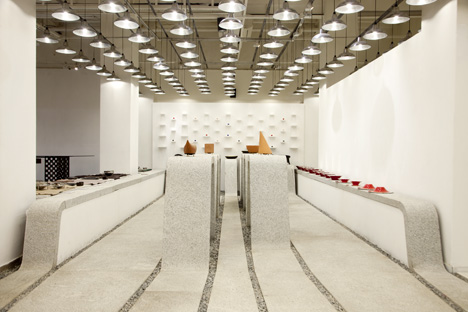
In keeping with the brief of the Made In… India Samskara exhibition, Indian architect Anupama Kundoo worked with Indian stone masons to produce the exhibition.
Curated by Fashion Design Council of India president Sunil Sethi and creative think tank BE OPEN, the show celebrates collaborations between contemporary Indian designers and skilled Indian craftsmen.
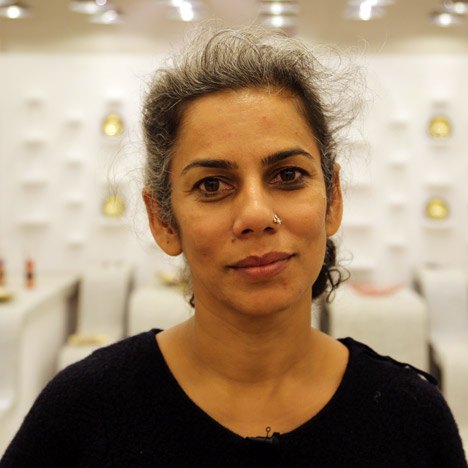
For architect Anupama Kundoo, being surrounded by work made using hand-crafted techniques is a reminder that there is an alternative to the "standardised industrial products", people have become used to.
"We are all different, we are all unique, and it's very strange that we have to be adjusting ourselves continually to standard products." she says. "We have just accepted and surrendered ourselves to this future: it doesn't have to be like that."
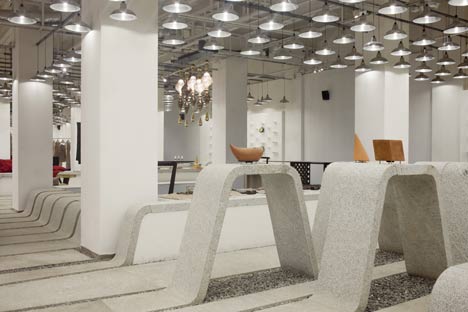
She describes her installation as an undulating landscape, made from three principle elements: ferrocement slabs, pools of water and modular slabs of hand-levelled granite. This landscape hosts the homeware, lighting, clothes and furniture on display.
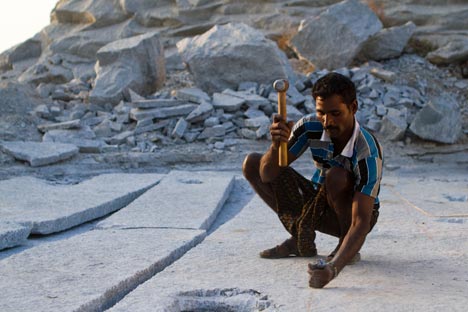
Kundoo teamed up with stone-cutters from Tamil Nadu in the south of India to produce the slabs that dip and rise throughout the space. These long granite strips make up both the floor of the space and the surfaces for displaying the exhibits.
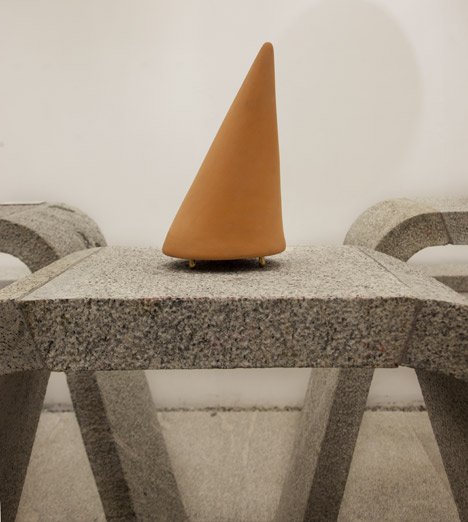
"These heavy slabs flow through the space like ribbons," says Kundoo. "They frame the space and the undulations come out [of] the function: to raise the slab to the level required to display a particular object."
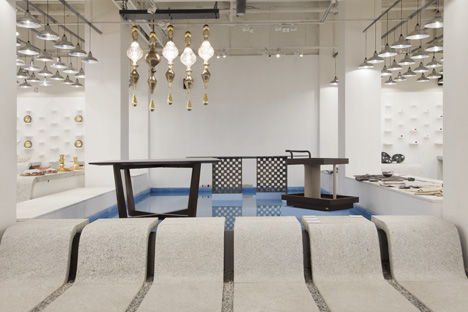
"The actual elements are modular. The pieces rest on a sand bed and they can be reassembled in a wide range of ways and it can all be directly reused," she says.
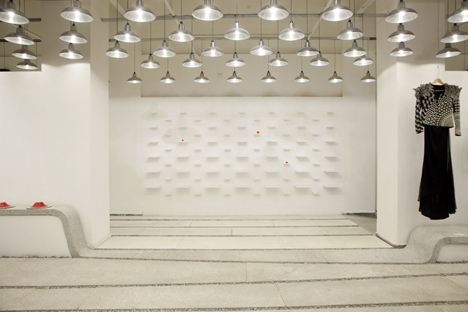
It took the masons six week to level the granite used in the exhibition, through a painstaking process of hand-levelling, a technique normally used to make stones for grinding masala paste, says Kundoo.
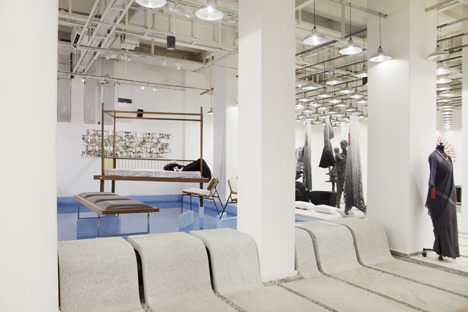
Seeing the exhibition design, with these familiar techniques used in unexpected ways, had a dramatic effect on the craftsmen, said Kundoo.
"They've been making stone slabs for generations. But when they see [them], in this kind of composition, they realise that that they can make anything." she says.
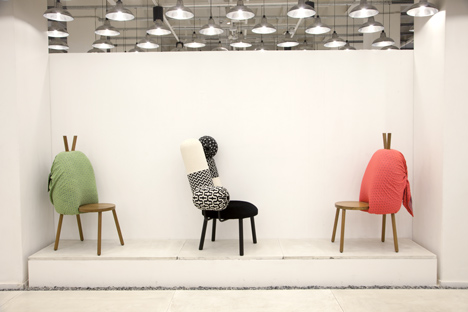
Kundoo works between Spain and India. In 2012 she exhibited her Wall House project at the Venice Architecture Biennale. This project also used the skills of Indian craftsmen — she brought a team to Italy to construct a full-size replica of a house inside the Arsenale.
Samskara, which ran from 10 to 28 February at the Indira Gandhi National Centre for the Arts in New Delhi, launched BE OPEN’s Made In... programme, a two-year-long project focussing on the future of craft in design.
The music featured in the movie is a track called Bonjour by Kartick & Gotam on Indian record label EarthSync.